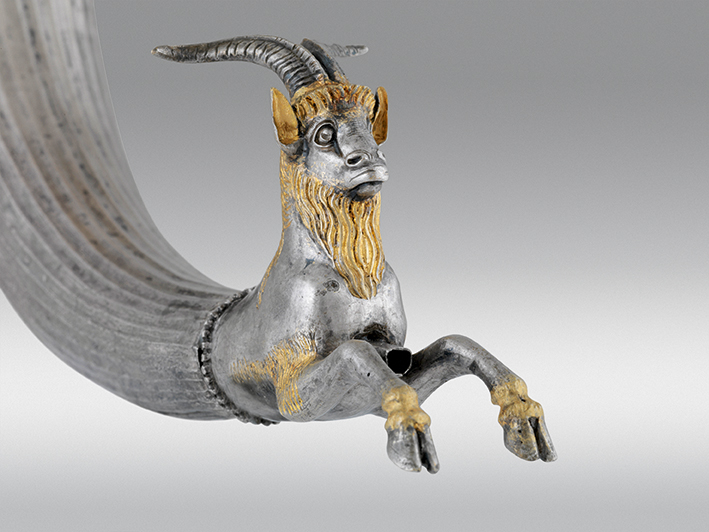Shrouded in mystery – the little known legends of the ancient Thracians
Who are they and what makes them so interesting?
The Thracians are most commonly known for the astounding gold and silver artefacts found in burial sites from around 12th century BC to 6th century AD. Why are they so important, you ask? Not only were they brilliant poets, artists, metalsmiths and musicians, there is practically no written history to be found of them. Because of this, the only remaining fragments of culture and history we can find are these precious treasures excavated from all over Bulgaria and with written records from countries such as Greece.
They were a group of roughly 200 tribes from eastern and south-eastern Europe, and they developed from Proto-Thracians who came from around the Early Bronze Age. Despite being great fighters and valuable soldiers, they couldn’t take over any other countries because of their disjointed political state. The tribes and kingdoms remained relatively separate; there wasn’t any lasting political group until the Odrysian State in 5th century BC.
Surprisingly, they were considered barbaric and primitive to the Greeks because of their open and simple villages- this is likely to be because they avoided city life and because they were such ruthless soldiers. Despite what surrounding cultures may have thought, however, they were still very advanced in almost all creative aspects.
Some historians believe that the Thracians have influenced other cultures more than you might think. Did you know that the Greek god Dionysus may have come from the Thracian god Sabazios? Alternatively, some Thracian treasures appear to have been influenced by Greek styles.
Throughout Bulgaria, over 80 treasures have been excavated. Some gorgeous and intricately detailed objects such as vessels, rhytons, jewellery, weapons and more have been found over multiple burial sites; mostly in graves and sacrificial places. If you get the opportunity to see these precious artefacts, you will understand how amazing and well-crafted they are, even to today’s standards.
Some other interesting facts about the Thracians include how a lot of them were likely to be red heads – this is shown through many inspiring artworks and records from their war-speckled history. This, along with being tall and pale, helped Greeks separate them as slaves from their owners. In fact, the majority of Thracian History involves war of some kind.
Another reason why these artefacts are so amazing is because Thracians appear to have used gold ritually thousands of years before other cultures did. This could partially be because they had access to massive deposits of minerals, gold especially, which gave them the opportunity to develop such skilled metalsmithing techniques. This just proves how hugely important treasures such as this can be; even cultures with a written language couldn’t convey many forms of creative skill without at least some hand-crafted sculptures, weapons etc.
Some past museum exhibitions of these fantastic and awe-inspiring treasures include the National Museum of History, the Panagyurishte Museum and the Natural History Museum plus the Louvre Museum, both of which having had exhibitions containing artefacts from the famous Vasil Bojkov’s collection. The unearthing of this intriguing and mysterious culture only adds to the exhilarating history of Bulgaria.

